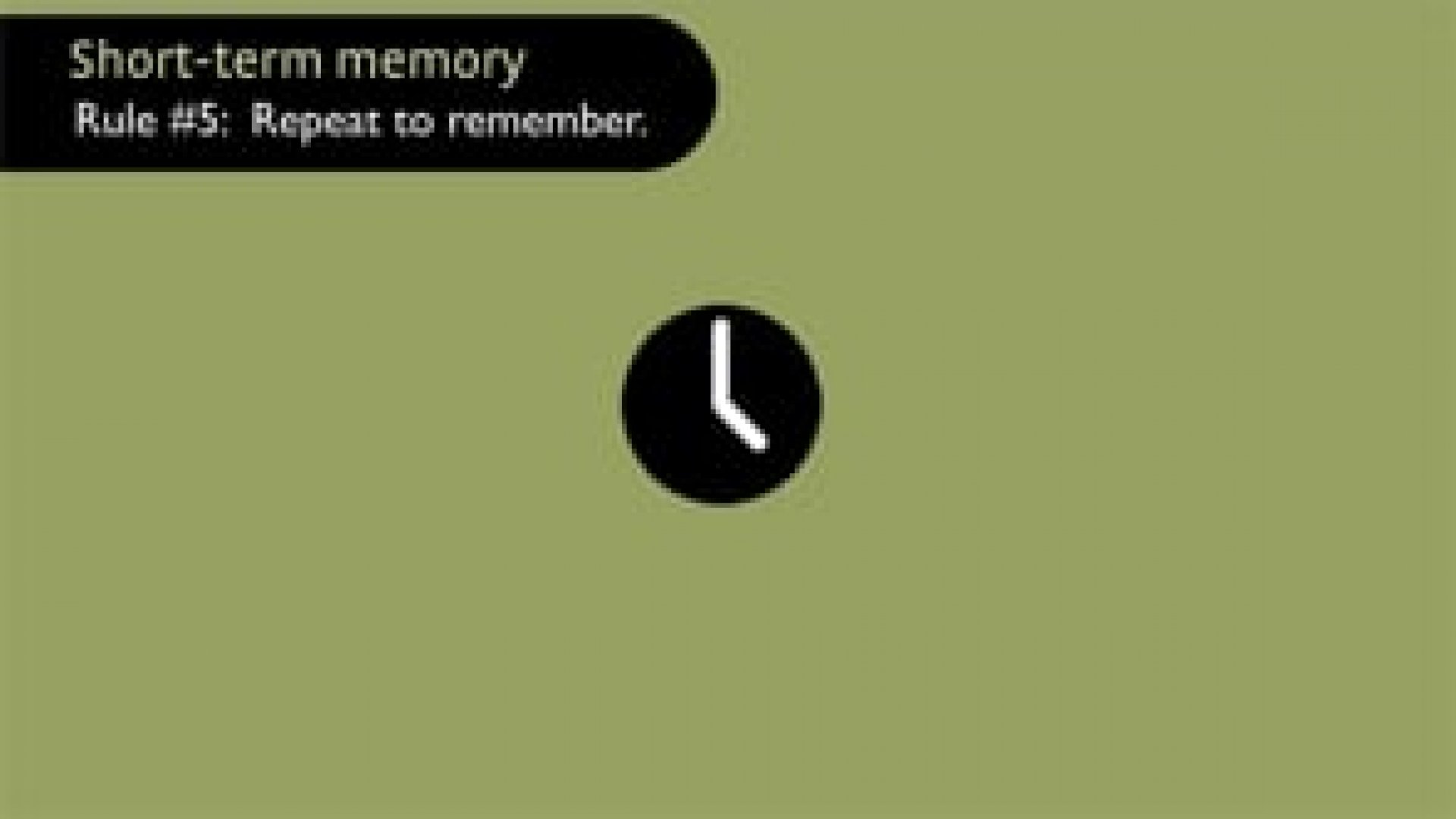Memory
Memory
Reference
John Medina, Brain Rules
“Coding” refers to the initial learning moment that allows information to be stored in the brain. The quality of the coding is one of the most important contributing factors for the success of the learning process. We remember information more accurately and for longer if we are actively engaged in the coding process. When information is elaborate, meaningful, and contextualized—not simply communicated to us by a teacher—we come to actively understand it and better remember it.
Implications for training
Trainers must ensure that participants understand the meaning of the information. We should introduce new information in such an interesting manner that the learners become actively engaged in extracting and constructing meaning for themselves. This implies that we should use participatory and inductive methods like case studies, discussions, group work, and problem-solving in order to engage learners in creating an understanding of the new information. Real life examples support meaning construction, and the more relevant and personally relatable the examples are, the better the information is stored and remembered.
We should start with an engaging and attractive introduction. Remembering happens in the same brain region that gets activated when initially perceiving a new event or information. So, if you manage to catch the attention and create a meaningful experience in the first moments, you will create a stronger bridge for participants to remember the information you want them to learn.
Repetition ensures the information gets stored in long-term memory. Trainers should design opportunities for repeated exposure to information, but in different manners, into their courses. This may come in the form of short recaps after breaks, group work that involves repetition of main ideas, or any type of work designed for post-training sessions that involves re-engagement with the information. Reinforcement e-mails, videos, quizzes, questions, short tasks could be useful ways to implement repetition and reinforcement after the training in the follow-up phase. This ensures that newly acquired skills and knowledge do not atrophy from neglect.
That being said, do pay close attention to the ratio of new information to repetition opportunities. It is not effective to introduce a lot of new information without providing the opportunity for participants to engage with it actively, to understand it, and to repeat it several times.
Food for thought!
